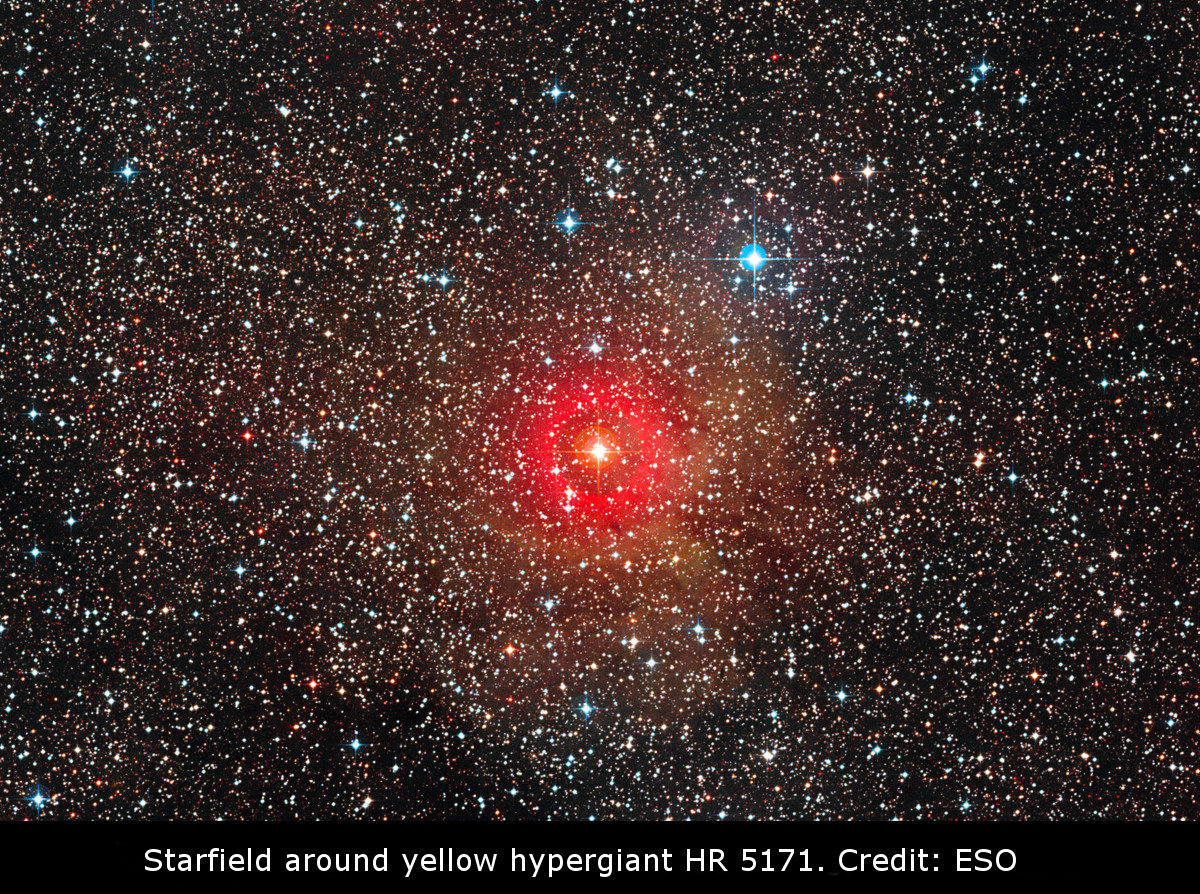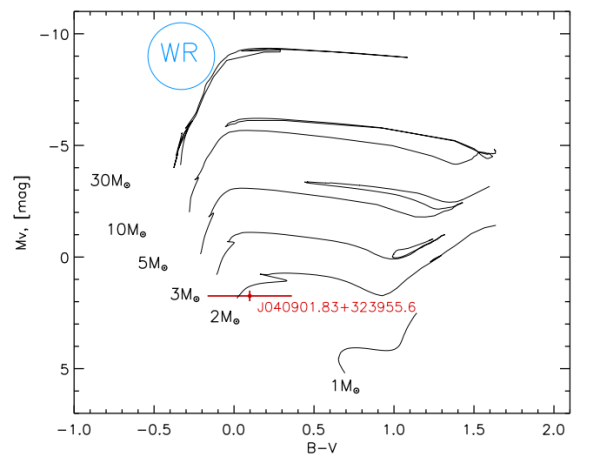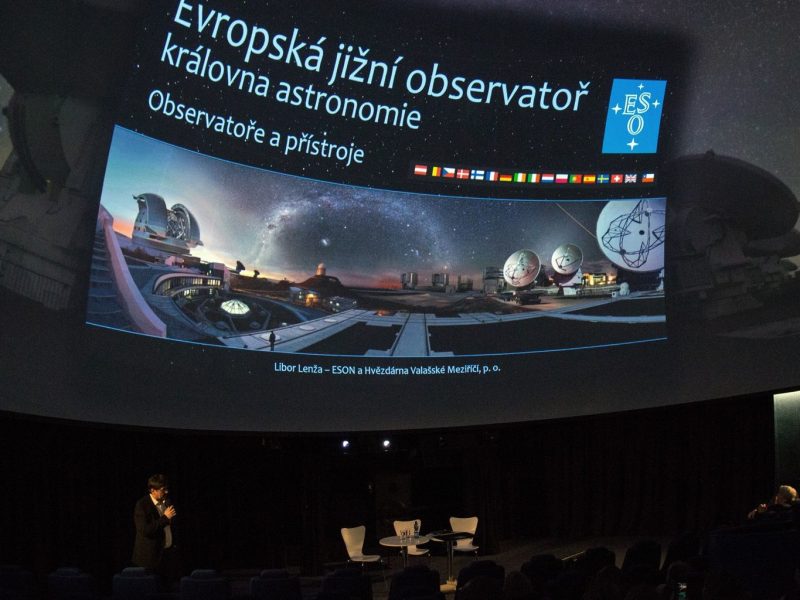A team of astronomers led by Michalis Kourniotis (Department of Galaxies and Planetary Systems, AI) and Michaela Kraus (Stellar Department, AI) focused on refining data on eight yellow hypergiant stars in neighboring galaxies – the Large and Small Magellanic Clouds.
Abstract
The massive stars that survive the phase of red supergiants (RSGs) spend the rest of their life in extremity. Their unstable atmospheres facilitate the formation and episodic ejection of shells that alter the stellar appearance and surroundings. In the present study, we revise the evolutionary state of eight hypergiants in the Magellanic Clouds, four of early-A type and four of FG type, and complement the short list of the eruptive post-RSGs termed as yellow hypergiants (YHGs). We refine the outdated temperatures and luminosities of the stars by means of high-resolution spectroscopy with FEROS. The A-type stars are suggested to be in their early, post-main sequence phase, showing spectrophotometric characteristics of redward evolving supergiants. On the other hand, the FG-type stars manifest themselves through the enhanced atmospheric activity that is traced by emission filling in H-alfa and the dynamical modulation of the low-excitation Ba ii line. Of these stars, the dusty HD269723 is suggested to have recently departed from a cool phase. We identify double-peaked emission in the FEROS data of HD269953 that emerges from an orbiting disk-hosting companion. The highlight of the study is an episode of enhanced mass loss of HD271182 that manifests as a dimming event in the lightcurve and renders the star “modest” analogue to ρ Cas. The luminosity log(L/L⊙ ) = 5.6 of HD271182 can serve as an updated threshold for the luminosity of stars exhibiting a post-RSG evolution in the Large Magellanic Cloud.
- more information (in Czech), AI web page: Na čem pracujeme: Nový pohled na vyvinuté hyperobry v Magellanových oblacích (M. Švanda)
- research paper: M. Kourniotis, M. Kraus, O. Maryeva et al., Revisiting the evolved hypergiants in the Magellanic Clouds, Montly Notices of the Royal Astronomical Society (in press, preprint arXiv:2202.04667)



